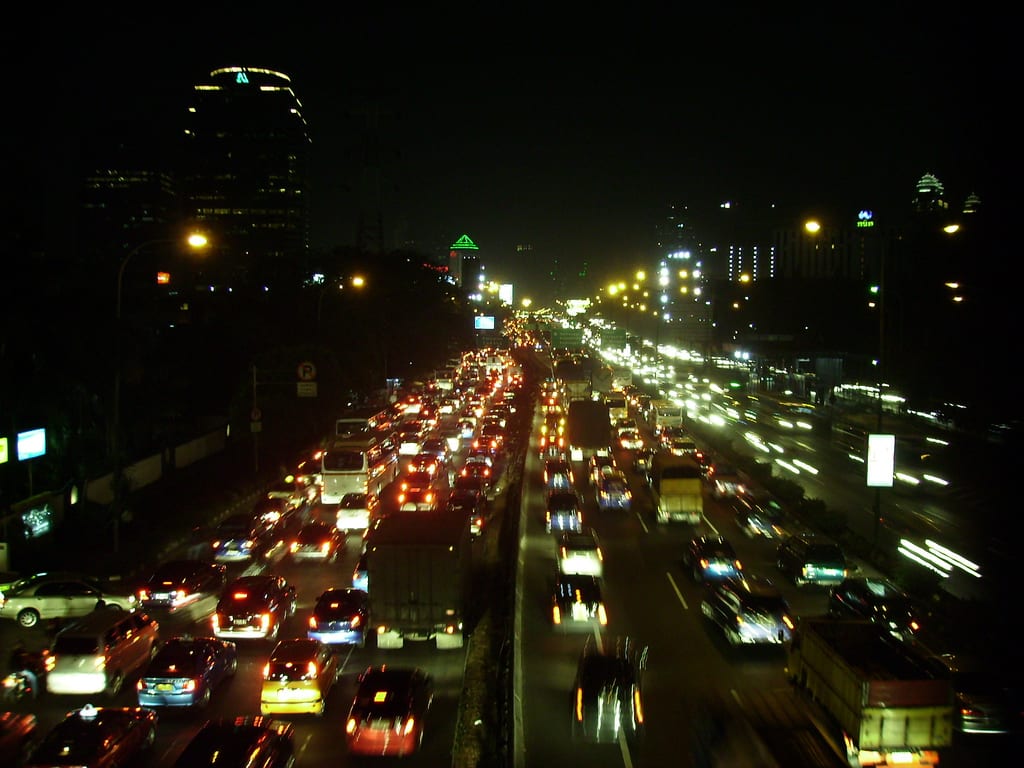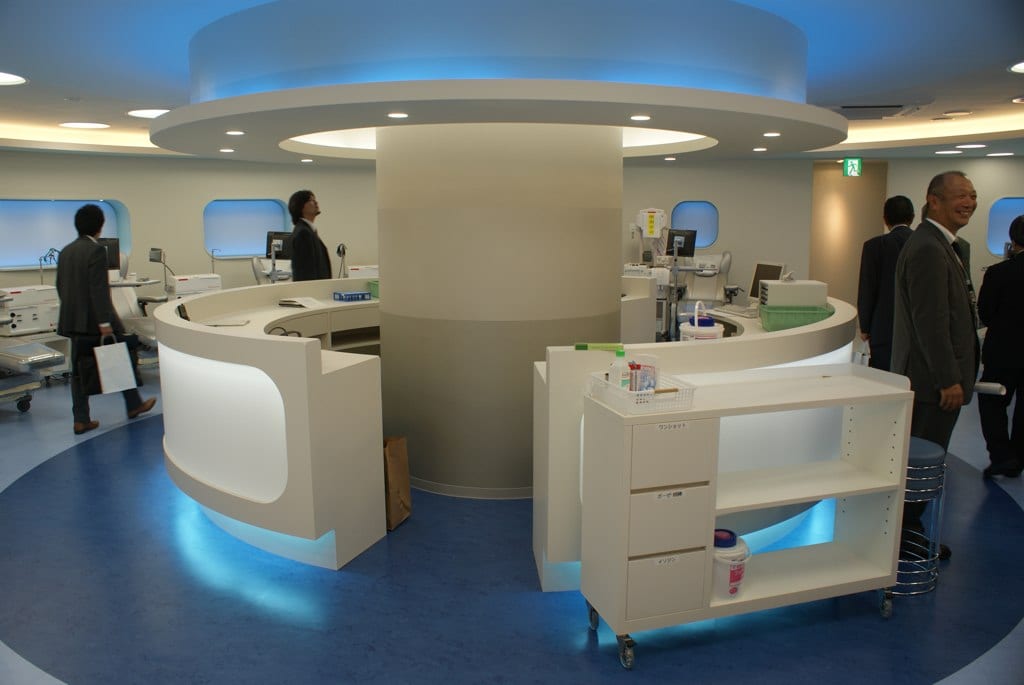
Traffic – a massive problem for some but a brilliant opportunity for one innovative company
I first visited Jakarta twenty years ago. Hot – often unbearably, noisy, sometimes smelly, but balanced by a dynamic vibrancy, plenty to do, nice people and a rich culture. The biggest problem was the traffic. Flash forward twenty years and this has reached unbearable proportions.
Jakarta was named the worst city in the world for traffic. In a city that is now 30 million in size, the average driver starts and stops more than 33,000 times in a year. Something like 70% of the city’s air pollution comes from vehicles. It often takes office workers two hours to drive 25 miles from living districts on the outskirts to the business centre – sometimes three!
The needs of the citizens are exactly the same as for any other commercial city. People need to travel, eat, get clothes clean, indulge in pampering services. It’s called managing your lifestyle. Except in Jakarta wages are relatively low and getting around is difficult.
What do people do about it? They do what everybody does when faced with an adverse situation: they look for different options. And that option is obvious. They use scooters and there are more scooters than cars. They are a tenth the cost, use a tenth the fuel and are two to three times quicker.
Taxi!
This has created the basis of a massive new opportunity: options to manage many aspects of your lifestyle, at great value at the touch of a button. Introducing GO-JEK – described as a hyperlocal, transport logistics and payments system. The name has been derived from the term rojek which means motorcycle taxi. The concept of the motorcycle taxi is not new – it’s been favoured in densely populated and poorer countries for more than 30 years. So, what is Go-jek doing that is different?
Because different it is. The company was launched just over seven years ago with a tiny call centre and 20 riders. It has grown from being a ride-haling service to encompass other transportation, logistics, mobile payments, food delivery, and many other on-demand services.
It is now worth 4 billion USD and is one of the hottest and fastest-growing companies in Asia, following three rounds of funding with companies such as Google, JD.com and Sequoia participating. Market potential is excellent at more than 650 million people and the level of mobile penetration – critical to the success of the venture – is strong and constantly rising.
What is the secret?
It’s obvious: it’s all about the customer. Analysts have credited their success over more globally-established brands such as Uber as being due to better localisation. Companies such as Uber are certainly present in Jakarta, but they have expanded on the same model that has worked in other countries and customer dynamics are different. In a city with the worst traffic problems in the world, the establishment of a business that relies on cars is not exactly cost effective and agile.
I personally think the term localisation – whilst technically correct – is too left-brained. Customers would prefer not to make a journey so Go-jek can bring the product or service to them. If customers do need to travel then Go-jek can make it quick, cheap and acceptable in terms of convenience. They created an easy way to access and use cheap payment services. Everything they did started with the customer and work backwards. The opportunities created are far richer.
I would not describe Go-jek as a motor cycle taxi company, or even a hyper local transport and logistics company. It’s a lifestyle management company and that is the beauty of the model – it has fewer limitations as the definitions of “convenient lifestyle” start to expand.
People power
The masterstroke in my opinion was the link to creating increased prosperity to the people – part of their mission states: we work to create as much positive social impact as possible for Indonesians. Companies that have a strong social agenda outcome have access to resources the more hard-nosed profit-minded certainly don’t. Just look at companies such as Elon Musk’s Hyperloop and Tesla as examples.
Great customer-centric strategies have so much potential: it’s still incredible how often the best in market success stories look so simple in hindsight. Maybe if we stopped looking for opportunity from a left brained basis of what we do and move to the outcome-driven arena then more of these innovations will happen to the benefit to all of us.





